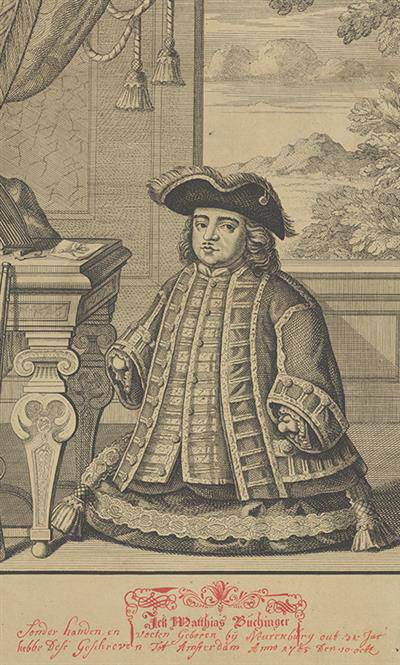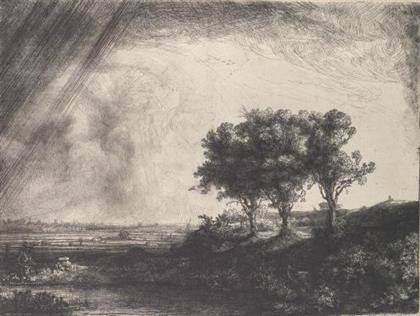
Anonymous, British, 18th century. Portrait of Matthias Buchinger, dated 1705 by Buchinger in pen and red ink. Engraving. From the Collection of Ricky Jay.
Matthias Buchinger’s drawings at Metropolitan Museum ‘Matthias Buchinger’s Drawings from the Collection of Ricky Jay’ displays 15 drawings by the 18th-century German artist Matthias Buchinger (1674–1739), who was born without hands or feet. Metropolitan Museum, January 8 – April 11, 2016.]]>
Source: Metropolitan Museum of Art
Despite his physical limitations, Buchinger was celebrated in his own time as a draftsman and calligrapher as well as a magician and musician, and poetic broadsides were written in Europe and Britain about his many talents and achievements. Known as “the Little Man of Nuremberg” because he was only 29 inches tall, Buchinger lived a nomadic existence and boasted a clientele that included noblemen, kings, and emperors, along with members of the public who visited him at inns and fairs, from Leipzig to Paris and London to Belfast.
A remarkable Buchinger drawing of a trompe-l’oeil calendar from the Metropolitan Museum’s collection is displayed alongside drawings, prints, and related ephemera from the collection of Ricky Jay, the celebrated illusionist, actor, and author. Framing Buchinger’s stupendous works, which were composed largely through calligraphy and micrography (a traditionally Jewish art form dating to the 9th century in which minute lines of text are used to shape patterns or forms), are works from the Metropolitan Museum’s collection that place Buchinger in the context of works on paper from the late Middle Ages to the present day. These additional works will include decorated alphabets from Renaissance to contemporary prints, 17th-century instruction books for writing and calligraphy, medieval manuscripts, and works by modern and contemporary artists for whom language is a fertile field for exploration.
Related content
‘Encountering Vishnu’ at the Metropolitan Museum (exhibition, 2015-2016)
Follow us on:


